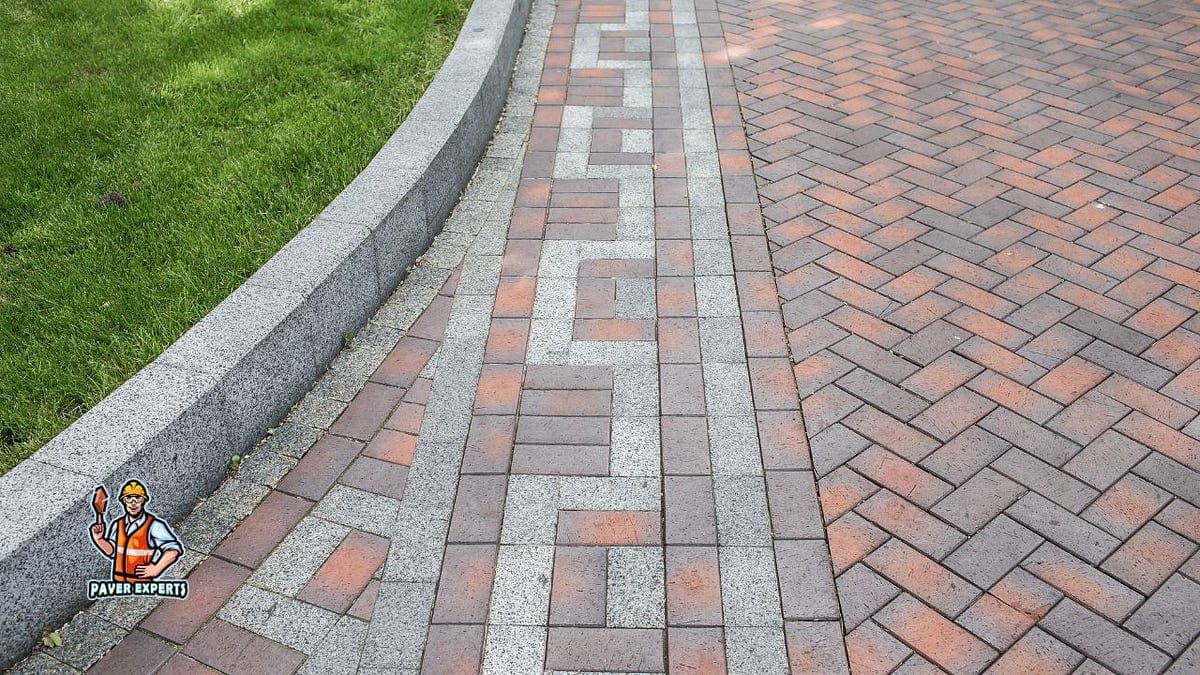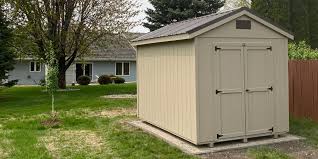Installing a concrete patio can be a great addition to your home, providing a durable and low-maintenance outdoor space. However, like any home improvement project, there are pros and cons to consider. Here’s a breakdown of the advantages and disadvantages of installing a concrete patio:
Pros:
- Durability: Concrete is a strong and durable material, capable of withstanding heavy loads and adverse weather conditions, making it long-lasting.
- Low Maintenance: Concrete patios are relatively easy to clean and maintain. Regular sweeping and occasional power washing can keep them looking new.
- Versatility: Concrete can be poured into various shapes, sizes, and patterns, allowing for a wide range of design options. It can also be stamped, stained, or textured to resemble more expensive materials like brick, stone, or tile.
- Cost-Effective: Concrete is generally more affordable than natural stone or pavers, making it a cost-effective choice for a patio surface.
- Environmentally Friendly: Concrete is made from natural materials and can be recycled, making it an eco-friendly option.
- Weather Resistance: Concrete can withstand various weather conditions, including rain, snow, and heat, without significant damage.
- Sustainability: Concrete patios can be designed to allow for proper water runoff, helping in managing water drainage and preventing erosion.
Cons:
- Cracking: Concrete is prone to cracking over time, especially if not properly installed or if the ground underneath shifts. While some cracking is natural, it can affect the appearance and might require repairs.
- Stains: Concrete is porous and can stain easily from spills like oil, wine, or acidic substances. Sealing the concrete can help prevent staining, but it needs to be reapplied periodically.
- Temperature Sensitivity: In extremely hot or cold climates, concrete can become uncomfortably hot in the sun or cold to the touch in winter, making it less comfortable for bare feet.
- Installation Complexity: While it might seem straightforward, proper installation of a concrete patio requires skill and experience. Improperly installed concrete can lead to issues like poor drainage or uneven surfaces.
- Lack of Aesthetic Warmth: Some people find concrete to be visually cold and uninviting compared to natural stone or wood surfaces, although this can be mitigated with creative design elements.
- Initial Curing Time: Concrete requires time to cure properly before it can be used. During this period, the patio cannot be walked on or used, which might be inconvenient for homeowners looking for a quick outdoor space solution.
- Repair Challenges: While cracks can be repaired, it might be challenging to match the repaired section perfectly with the rest of the patio, affecting its aesthetic appeal.
Before deciding on a concrete patio, it’s essential to consider these factors and assess your specific needs, budget, and preferences. Consulting with a professional contractor can also help in making an informed decision tailored to your circumstances.




